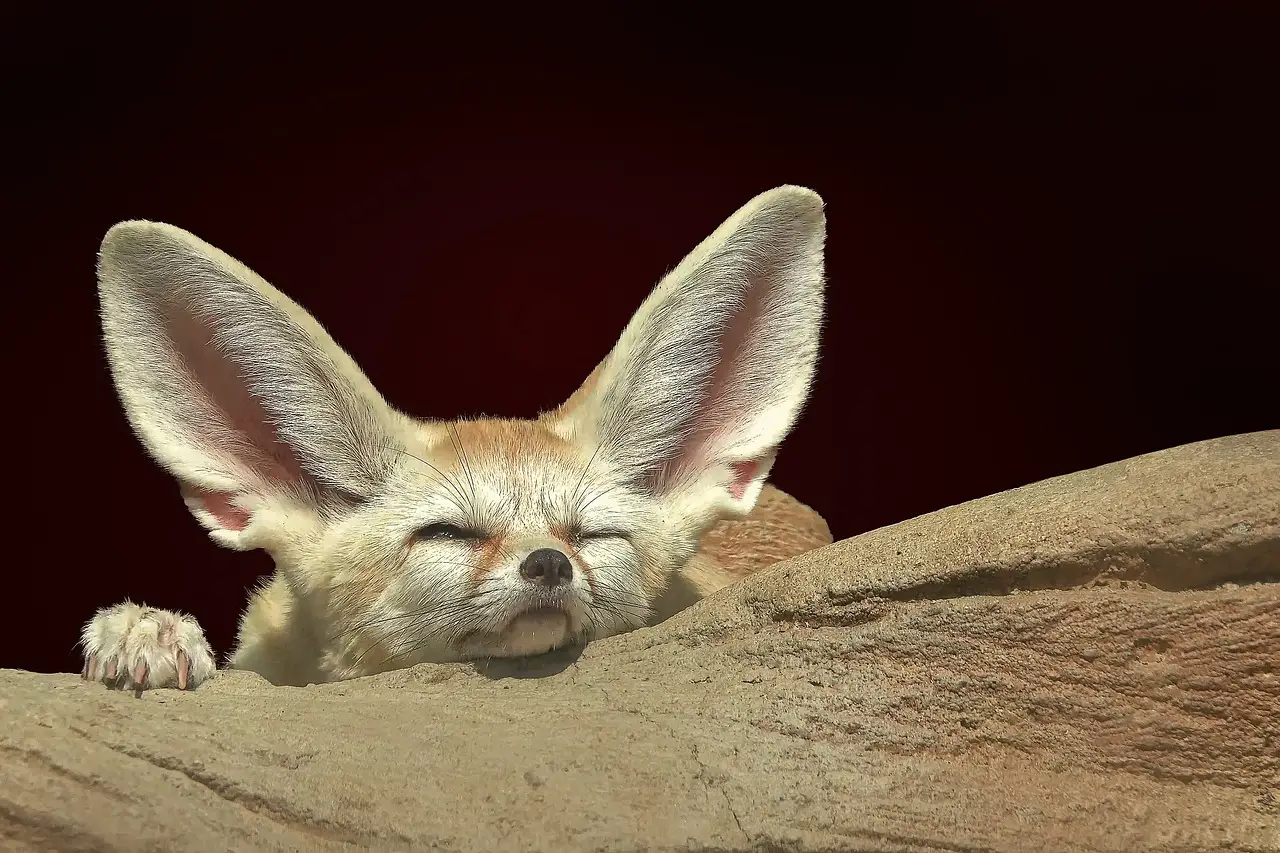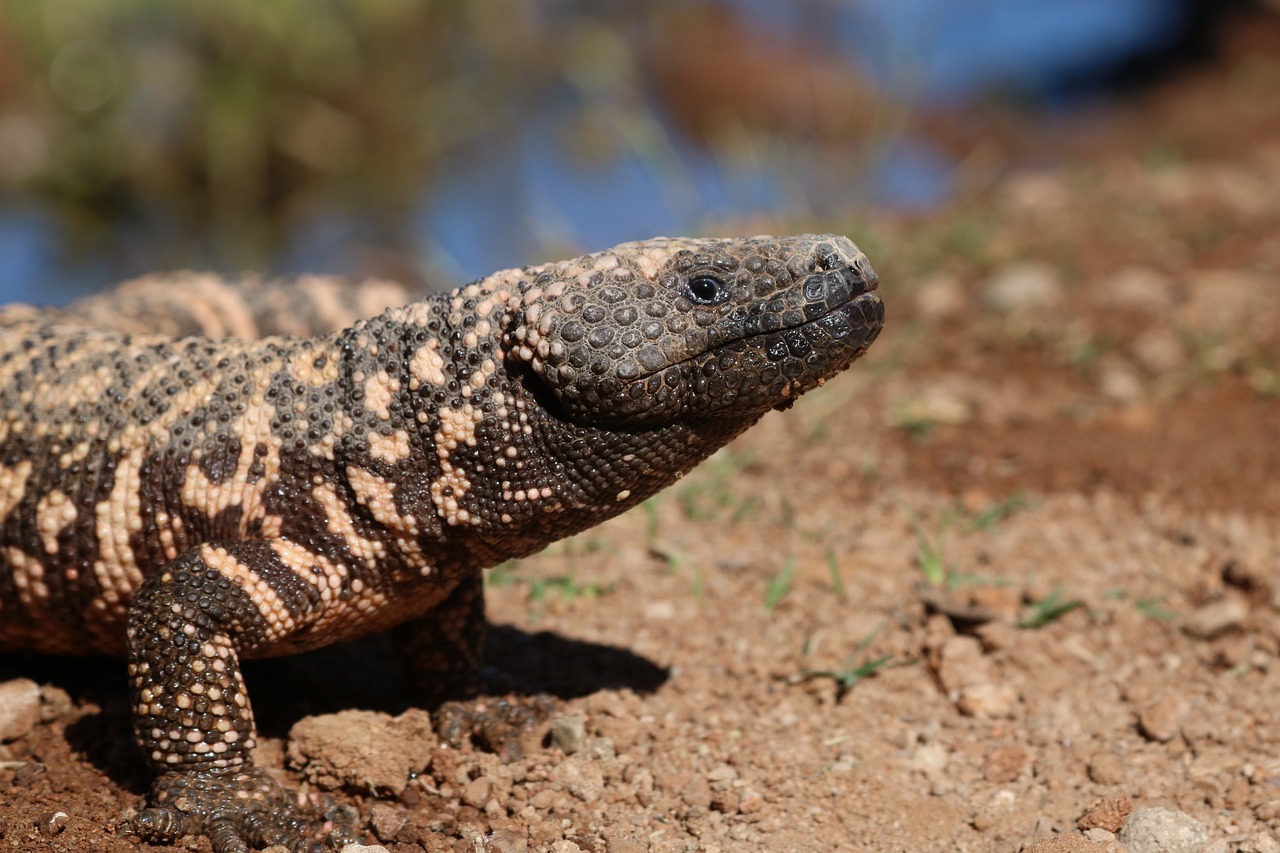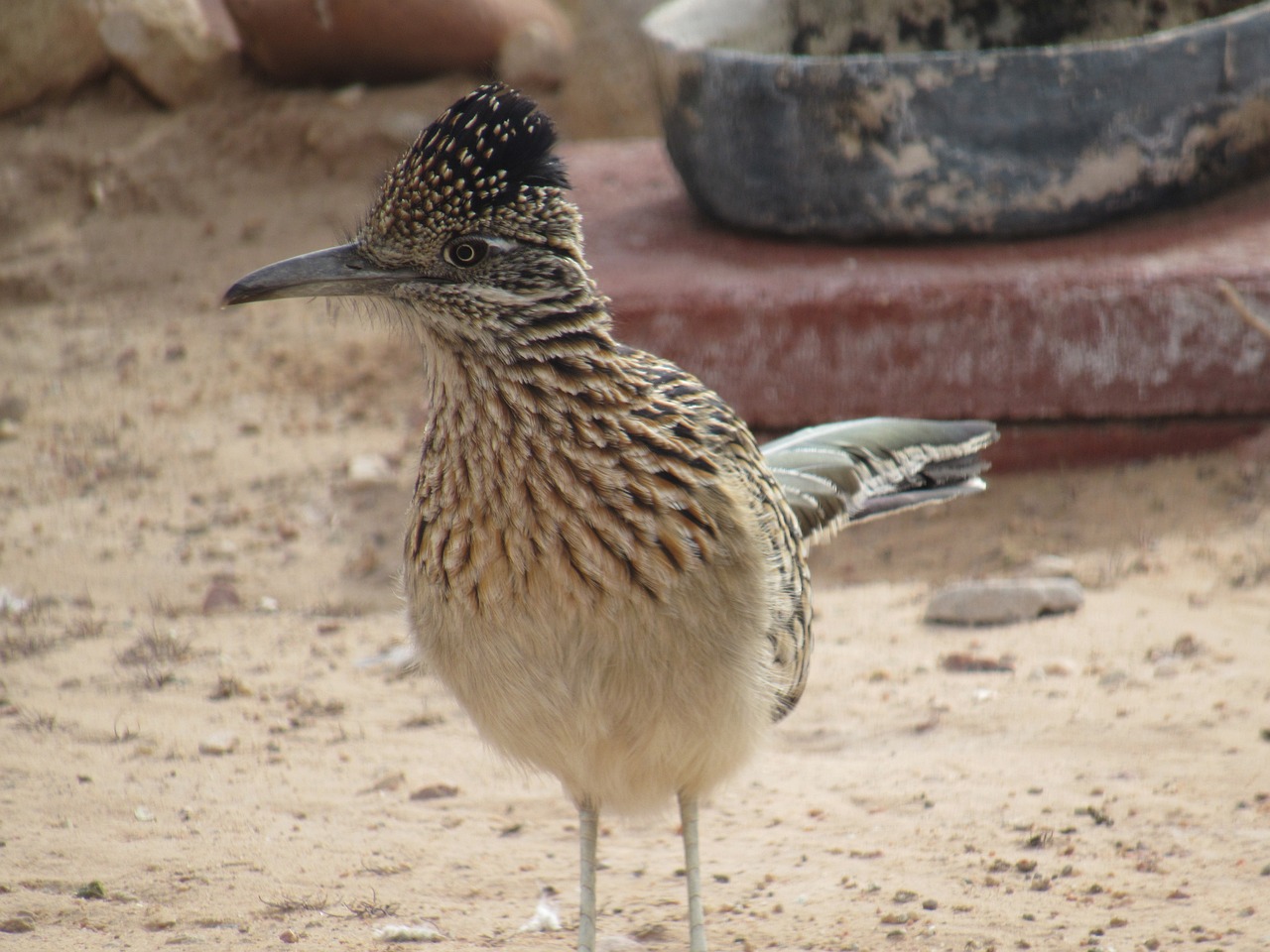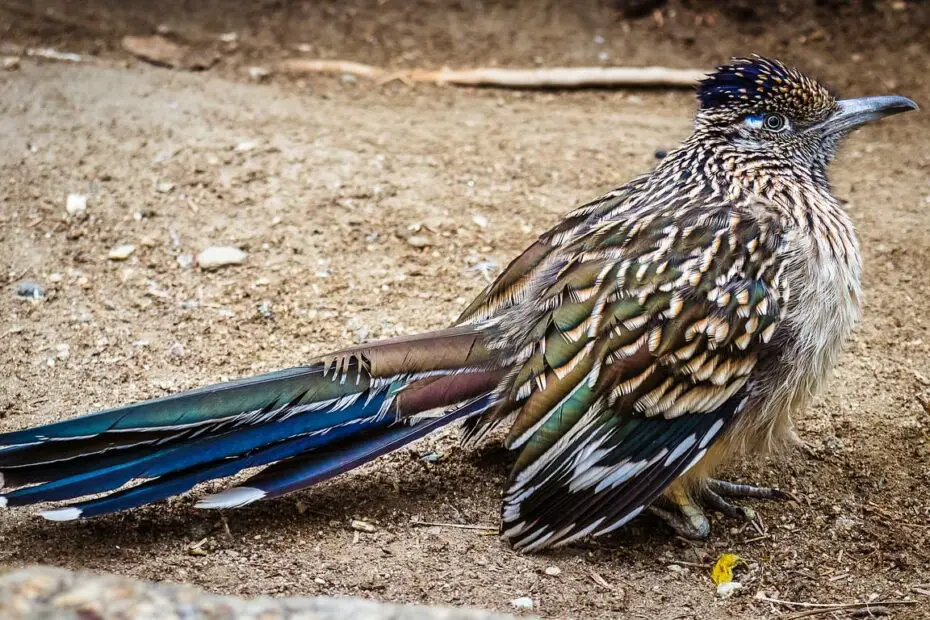Deserts are harsh and unforgiving environments, characterized by extreme temperatures, sparse vegetation, and limited water sources. Despite these challenges, an array of remarkable desert creatures have adapted to thrive in these arid landscapes.
In this article, we will explore the unique adaptations of desert creatures, delve into the fascinating world of desert mammals, reptiles, and birds, discuss their survival strategies, and emphasize the importance of conserving these resilient and captivating species.
You may also want to read about the top 10 amazing animals of the savanna.
Unique Adaptations of Desert Creatures
Camouflage and Coloration
One of the most remarkable adaptations of desert creatures is their ability to blend seamlessly with their surroundings. Through specialized coloration and camouflage, they can evade predators and increase their chances of successful hunting. Their earth-tone coloration and patterns help them remain virtually invisible in the sandy desert landscapes.
Water Conservation
Water is scarce in the desert, and survival depends on efficient water conservation. Desert creatures have evolved various adaptations to minimize water loss. Some species, such as the kangaroo rat, can obtain sufficient moisture from their diet, while others, like the thorny devil, have specialized scales that direct water droplets toward their mouths.
Desert Mammals
Fennec Fox
The fennec fox is a small mammal renowned for its large ears and adorable appearance. These ears serve a vital purpose, allowing the fox to dissipate heat and maintain a cooler body temperature in the scorching desert. They are also excellent hunters, feeding on insects, small rodents, and desert vegetation.

Kangaroo Rat
The kangaroo rat is a fascinating desert creature known for its extraordinary water-conserving abilities. It can survive without drinking water for its entire life, obtaining moisture from its food and utilizing highly efficient kidneys to concentrate urine. These small rodents are adept burrowers and have powerful hind legs for leaping through the desert sands.
Desert Bighorn Sheep
The desert bighorn sheep is an iconic symbol of the desert, known for its impressive horns that can weigh up to 30 pounds. These majestic creatures have adapted to the harsh desert environment by developing padded hooves for traversing rocky terrain and efficient digestive systems that enable them to extract nutrients from tough desert plants.
Sidewinder Snake
The sidewinder snake is a unique reptile that has adapted to life in the desert sand dunes. Its distinctive sidewinding locomotion allows it to move efficiently across loose sand while minimizing contact with the hot surface. With its specialized scales and behavior, the sidewinder snake is a master of navigating the challenging desert environment.
Gila Monster
The Gila monster is a venomous lizard found in desert regions of North America. Its bright orange and black coloration serves as a warning to potential predators. The Gila monster is known for its slow-moving nature and powerful bite, delivering venom that aids in subduing its prey. Despite its venomous reputation, it plays a vital role in maintaining the balance of the desert ecosystem.

Thorny Devil
The thorny devil, also known as the thorny dragon, is a unique reptile endemic to the Australian desert. Its body is covered in sharp spines that not only provide protection but also help capture moisture from the air. The thorny devil’s ability to change color, from pale to darker shades, assists in thermoregulation, enabling it to adapt to extreme temperature fluctuations.
Desert Birds
Roadrunner
The roadrunner is an iconic bird of the desert, known for its distinctive appearance and swift running abilities. It is a skilled predator, feeding on small reptiles, insects, and rodents. With its long tail and crest, the roadrunner is a symbol of the desert’s resilience and adaptability.
Greater Roadrunner
The greater roadrunner is a larger species of roadrunner found in the desert regions of North America. It is known for its distinctive “beep-beep” call and its ability to run at high speeds, reaching up to 20 miles per hour. The greater roadrunner is an opportunistic predator, feeding on a variety of prey including snakes, lizards, and insects.

Cactus Wren
The cactus wren is a charming bird known for its intricate nests constructed among thorny cacti. It has adapted to the desert environment with its long, curved beak that allows it to access nectar from cactus flowers. The cactus wren’s melodious song and its ability to thrive in harsh conditions make it a beloved resident of the desert.
Survival Strategies in Extreme Environments
Nocturnal Behavior
Many desert creatures have adopted a nocturnal lifestyle to avoid the scorching heat of the day. By being active during cooler nighttime temperatures, they conserve energy and reduce water loss. Nocturnal behavior also helps them evade predators and take advantage of food sources that are more readily available under the cover of darkness.
Burrowing and Hibernation
Burrowing is a common survival strategy for desert creatures, providing protection from extreme temperatures and predators. Some species, such as the kangaroo rat, create complex burrow systems that serve as their homes and provide shelter from the harsh desert environment. Hibernation is another strategy employed by certain desert animals during the hottest months, allowing them to conserve energy and survive through challenging periods.
Efficient Metabolic Systems
Desert creatures have evolved efficient metabolic systems that enable them to thrive in environments with limited food resources. They have developed the ability to extract nutrients from water-storing plants and efficiently convert the available food into energy. These adaptations help them survive and maintain their physiological functions despite the scarcity of resources in the desert.
Conservation of Desert Creatures
Threats to Desert Wildlife
Desert creatures face numerous challenges to their survival. Habitat loss due to human development, climate change, and the introduction of invasive species are major threats. Additionally, illegal collection for the pet trade and poaching can significantly impact their populations. It is important to address these threats and implement conservation measures to protect the delicate balance of desert ecosystems and ensure the long-term survival of desert creatures.
Conservation Efforts
Conservation organizations and researchers are actively working to safeguard desert creatures and their habitats. Efforts include the establishment of protected areas, habitat restoration projects, and public education programs. Conservation initiatives also involve monitoring population trends, studying migration patterns, and implementing sustainable management practices to minimize human impact on desert environments.
By raising awareness about the unique adaptations and ecological importance of desert creatures, we can inspire individuals and communities to take action and support conservation efforts. Encouraging responsible tourism practices, advocating for sustainable land-use policies, and promoting the protection of desert habitats are crucial steps towards ensuring the survival of these remarkable species.
Conclusion
Desert creatures have captivated humans with their remarkable adaptations and ability to thrive in harsh environments. From the fennec fox’s oversized ears to the Gila monster’s venomous defense mechanism, each species has found its unique way to survive and contribute to the delicate desert ecosystems. It is our responsibility to appreciate and protect these resilient creatures and the habitats they call home. By valuing their presence, supporting conservation efforts, and advocating for sustainable practices, we can ensure that future generations will continue to be inspired by the awe-inspiring beauty of desert wildlife.
FAQs
- Are desert creatures only found in extremely hot deserts? Desert creatures are adapted to survive in arid environments, which can include both hot and cold deserts. While some species are specific to hot deserts with scorching temperatures, others have adapted to survive in colder desert regions with extreme temperature fluctuations.
- Can desert creatures survive without water? Many desert creatures have evolved unique adaptations to minimize water loss and maximize their ability to survive in arid conditions. Some species can obtain water from their food sources, while others have efficient metabolic systems that allow them to conserve water and survive for extended periods without drinking.
- Do desert creatures interact with each other in their habitats? Yes, desert creatures interact with each other in various ways. They can be predators and prey, competitors for limited resources, or even engage in symbiotic relationships. These interactions play a crucial role in maintaining the delicate balance of desert ecosystems.
- Can desert creatures survive in captivity? Some desert creatures can be kept in captivity under appropriate conditions, but it is important to ensure that their specific needs are met. Desert animals often have specialized dietary requirements and temperature needs that must be carefully managed to ensure their well-being.
- How can individuals contribute to the conservation of desert creatures? Individuals can support conservation efforts by learning about desert ecosystems, reducing their ecological footprint, supporting organizations dedicated to desert wildlife conservation, and advocating for the protection of desert habitats through sustainable land-use practices.
